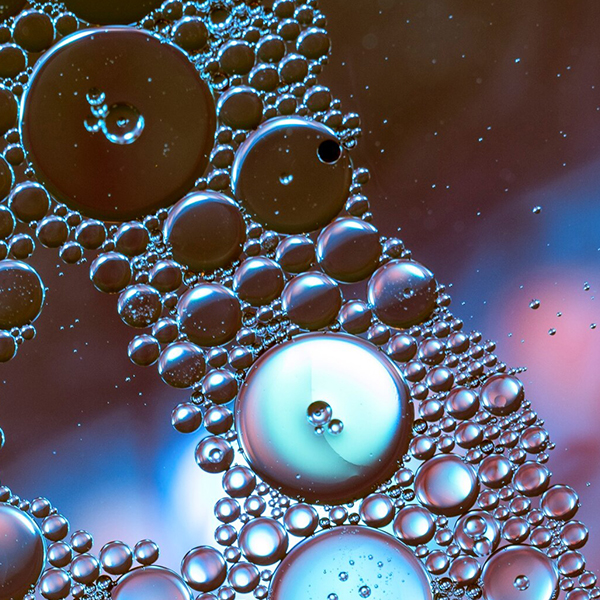Understanding the Chemistry of Emulsifiers
Emulsifiers function by reducing the surface tension between immiscible liquids, such as oil and water. They have a hydrophilic (water-loving) and lipophilic (oil-loving) part in their molecular structure. This dual nature allows them to form a stable interface or film between the two phases, preventing them from separating. Emulsifiers typically consist of a polar head group, which interacts with water, and a nonpolar tail, which interacts with oil. This arrangement forms a protective layer around the dispersed oil droplets, keeping them evenly dispersed in the continuous aqueous phase. Emulsifiers can also lower the interfacial tension, enhance emulsion stability, and promote long-term shelf life. Various types of emulsifiers are used in different applications, and their choice depends on factors like compatibility, stability, and desired product attributes.










